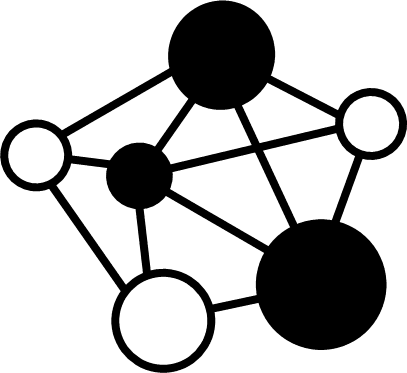| ||||||||||
 In many countries, water shortages stem from inefficient use, degradation of the available water by pollution and the unsustainable use of underground water in aquifers, the UN says. For example, 40 to 60 per cent of water used by utilities is lost to leakage, theft and poor accounting.
In many countries, water shortages stem from inefficient use, degradation of the available water by pollution and the unsustainable use of underground water in aquifers, the UN says. For example, 40 to 60 per cent of water used by utilities is lost to leakage, theft and poor accounting.
How bad is the water crisis? Every 8 seconds, a child dies from a water-related disease. About 50 percent of people in developing countries suffer from one or more water-related diseases and 50 percent of people on earth lack adequate sanitation. Not only is the toll a human tragedy, but it means these people are less able to carry on productive lives, and this undermines social and economic development. The complexities of a water supply and wastewater system called for an integrated and holistic approach that underpins coordinated, responsive, and sustainable water resource management. Such an approach integrates water sources, water- use sectors, water services, and water management levels at the household, community, and city.
An integrated water management system looks at water as a resource, that has to be properly collected, treated, supplied, used, and the waste water rendered harmless before being released back into nature - principles that closely resemble those of a circular economy itself. Instituting and operationalizing a circular economy not only requires the prudent use of water at every stage stage of the production and consumption processes, but also its efficient collection, reuse, recycling and treatment. From the FEWW Nexus perspective, integrated water policies in a circular economy is focused on prudent resource management. Water and waste/gray water are critical inputs for food production and consumption, and also require considerable energy in their collection and treatment before consumption, and in filtering waste water.
GDRC > Urban Environmental Management > The FEWW Nexus > Water |
| Return to the FEWW Nexus page Contact: Hari Srinivas - hsrinivas@gdrc.org |

